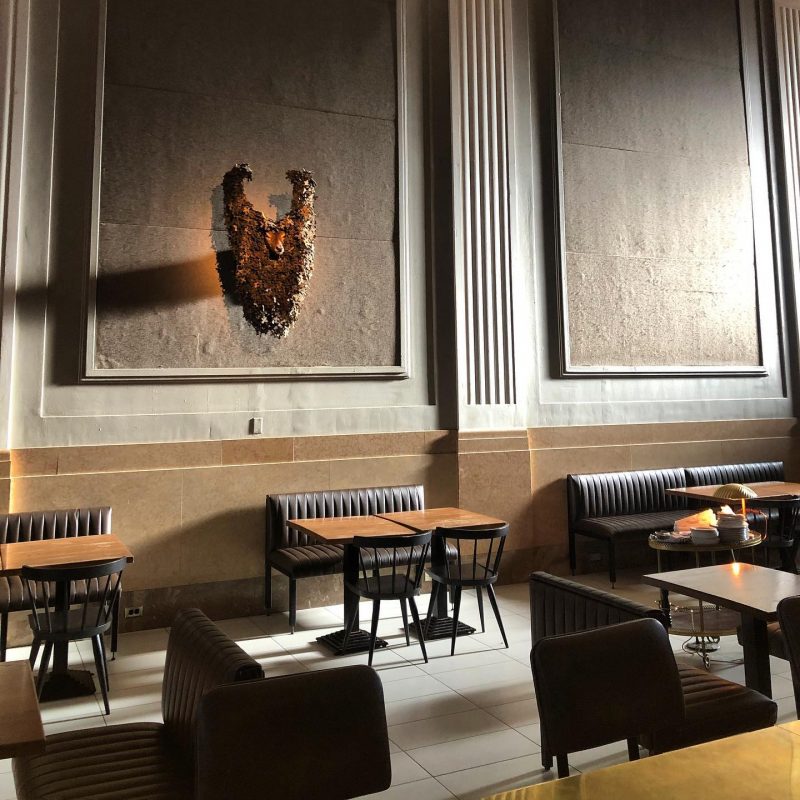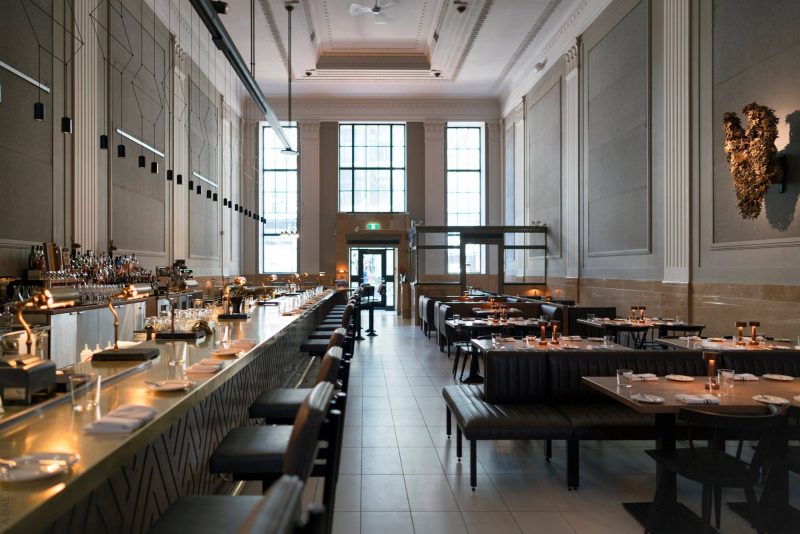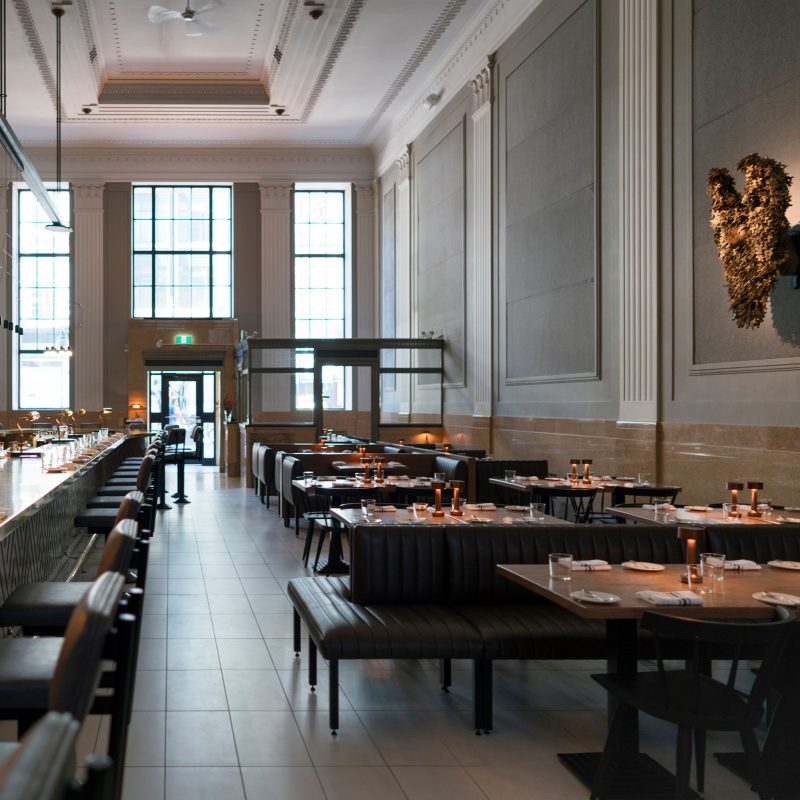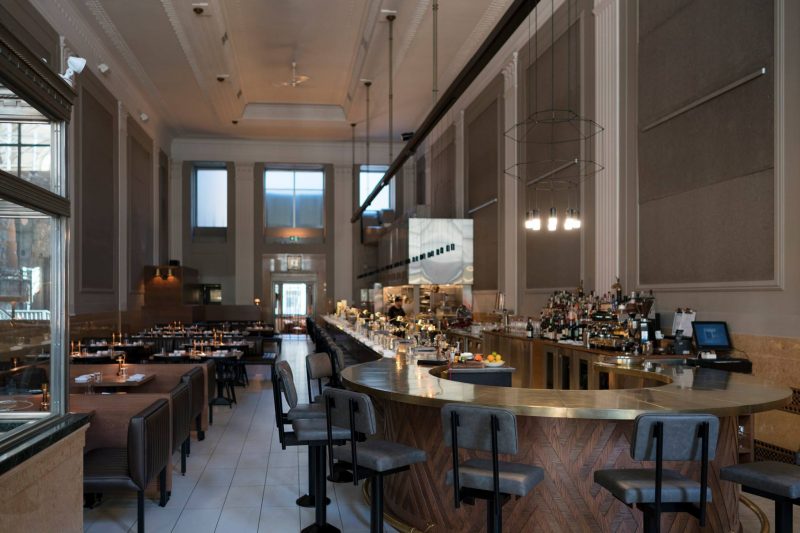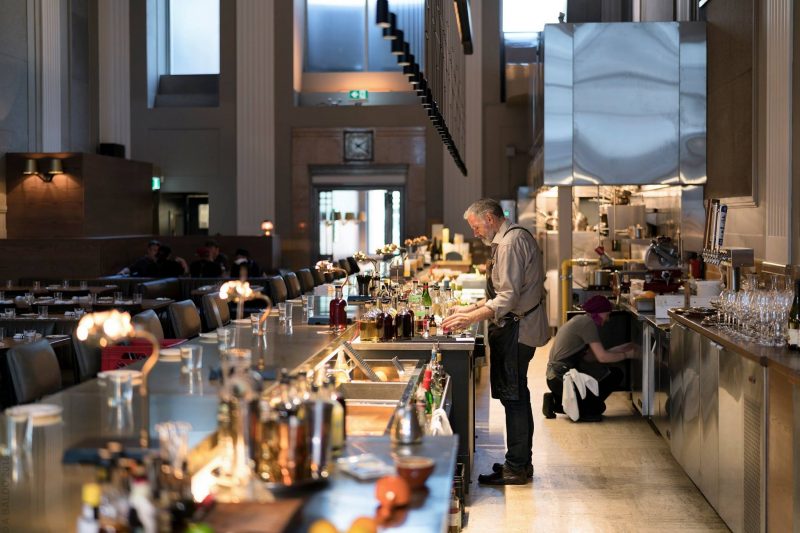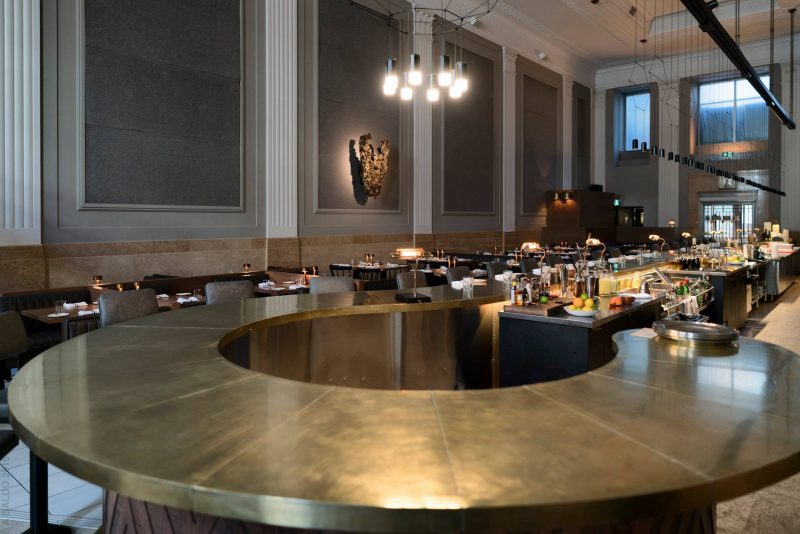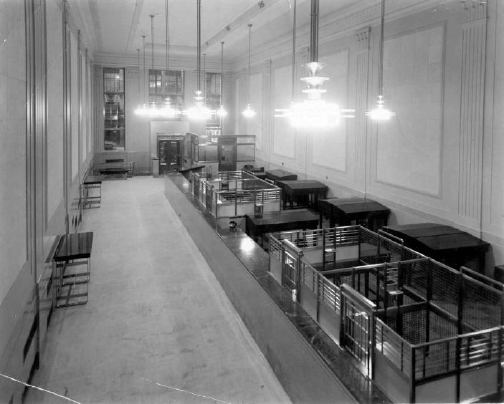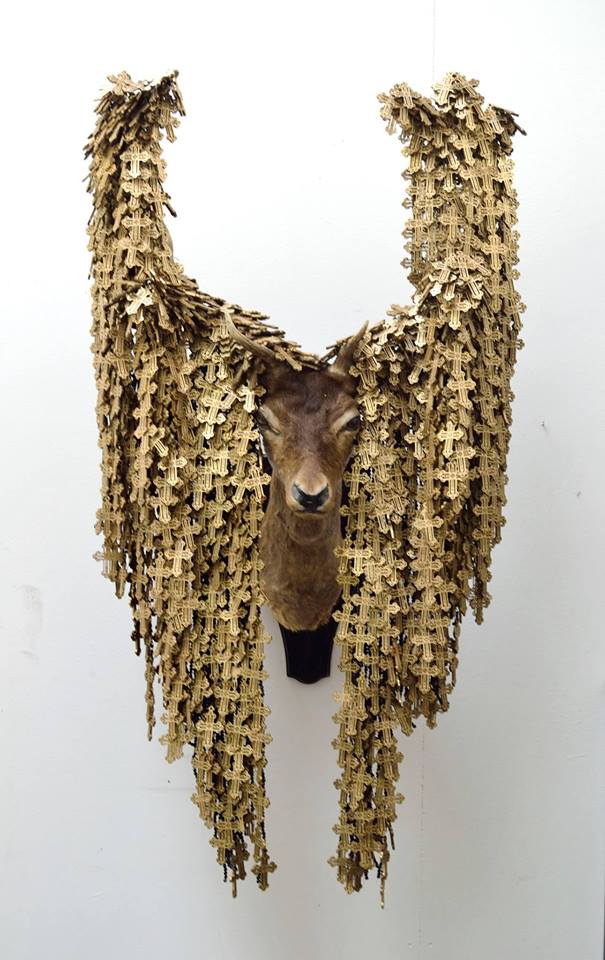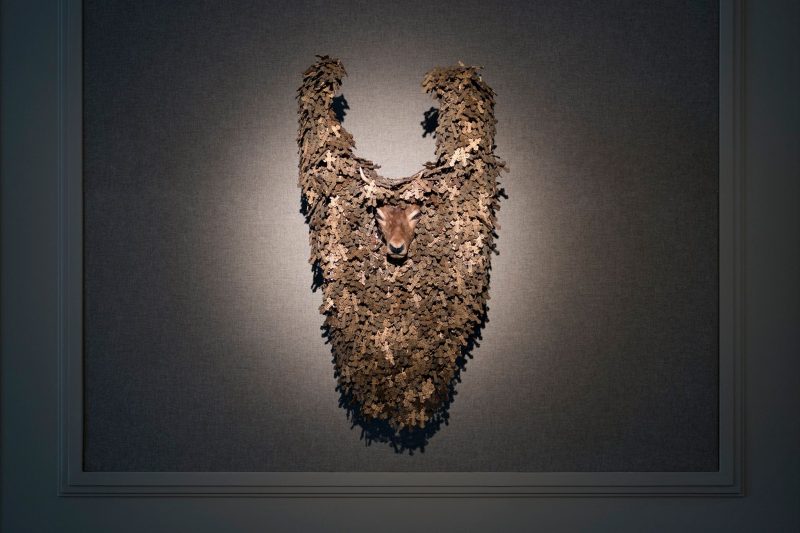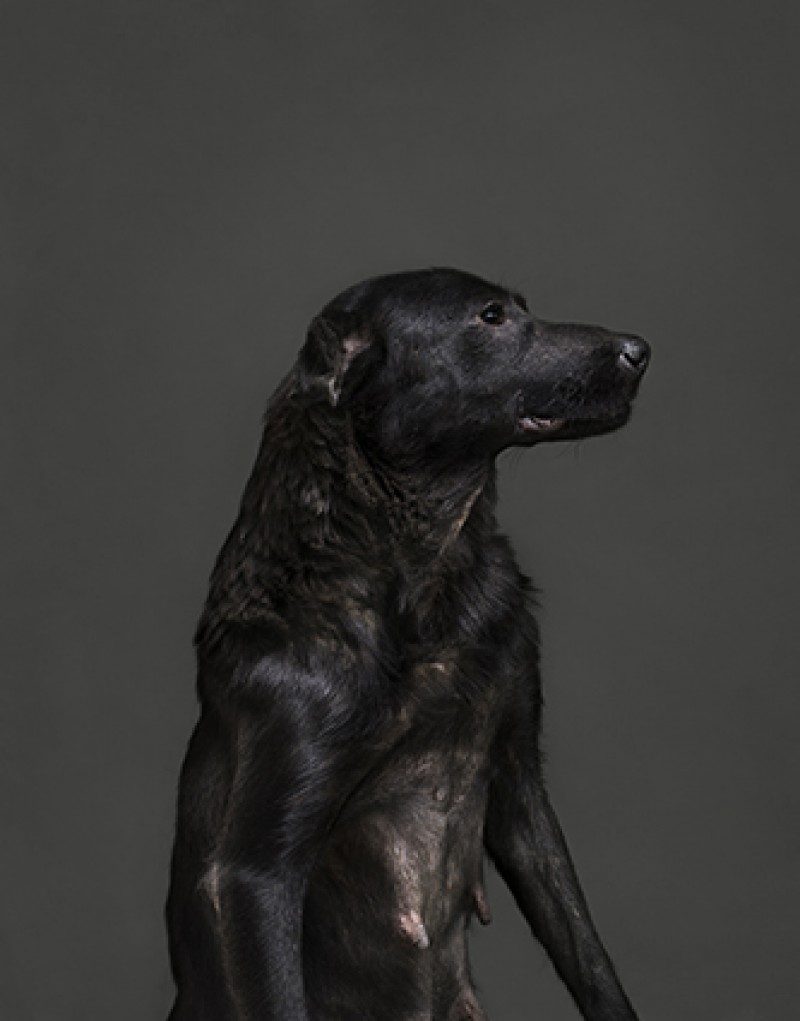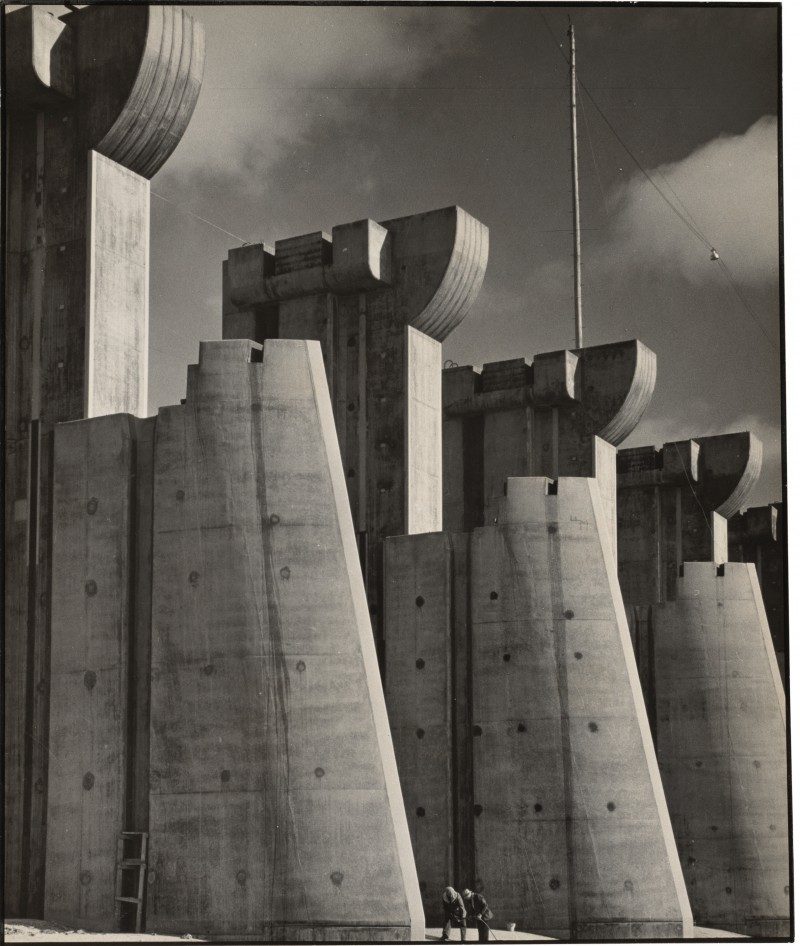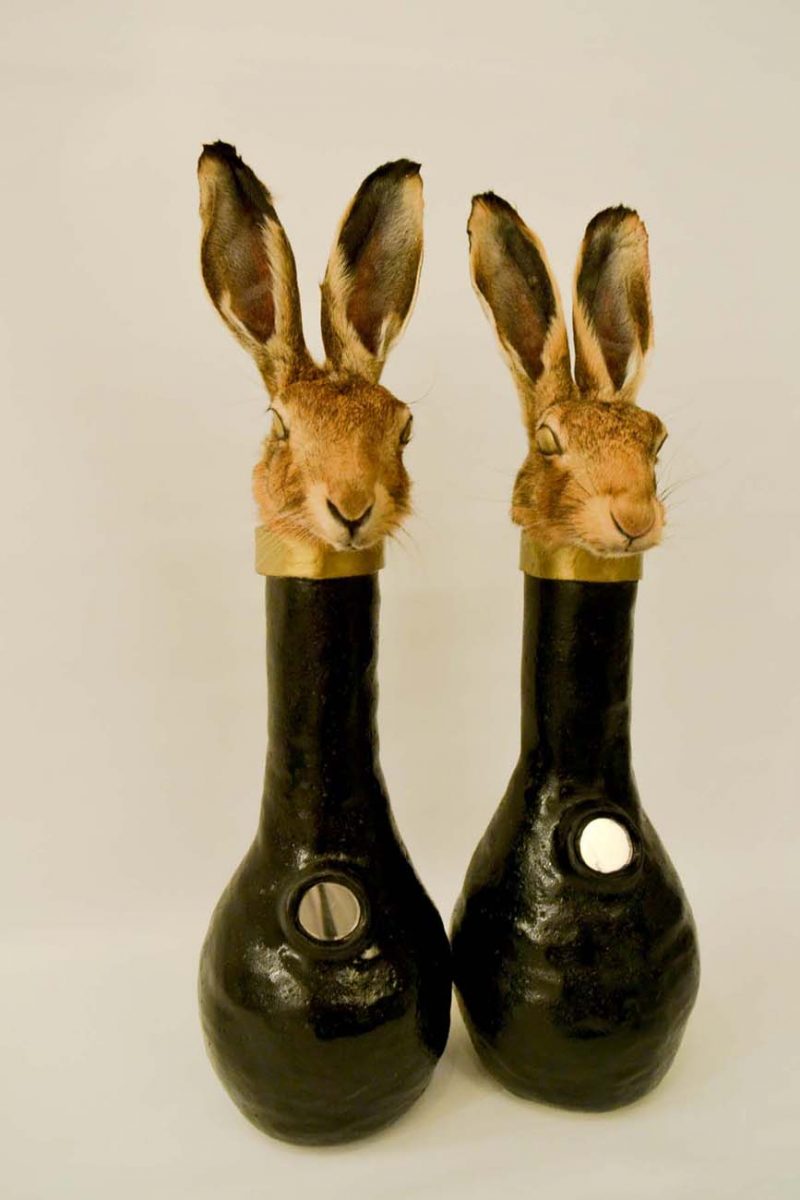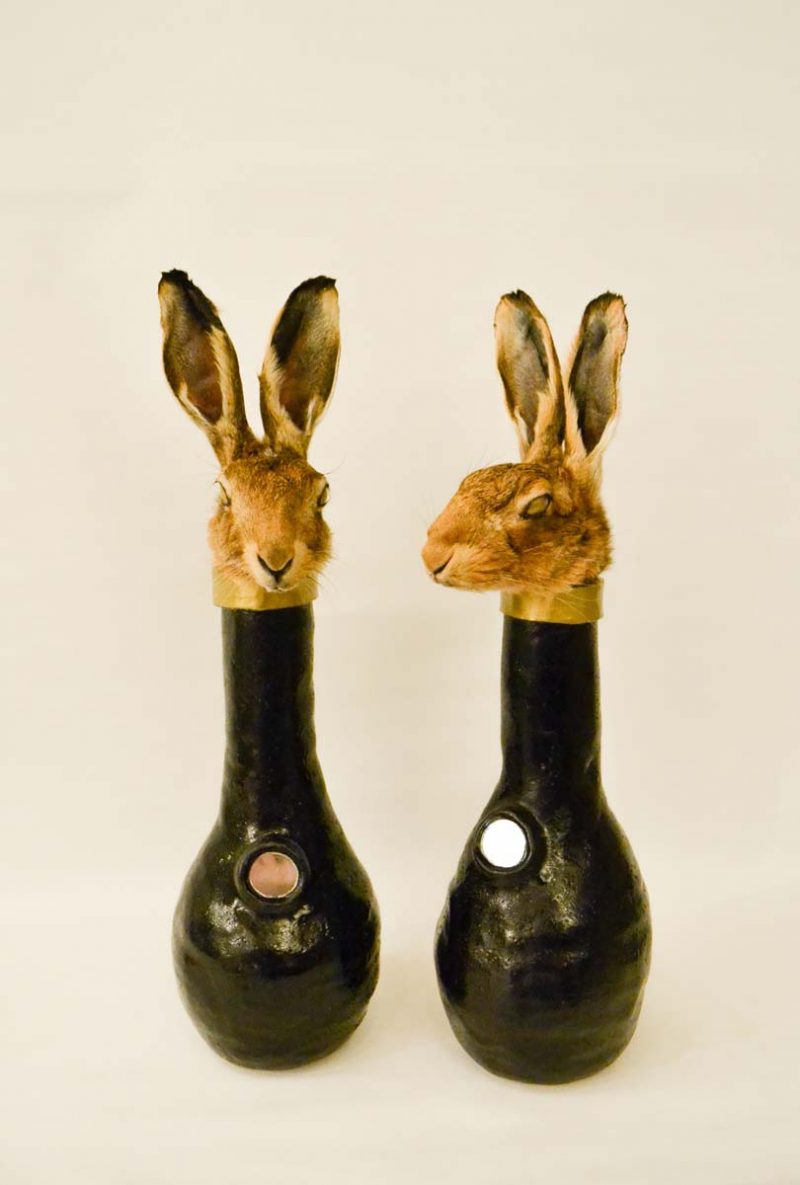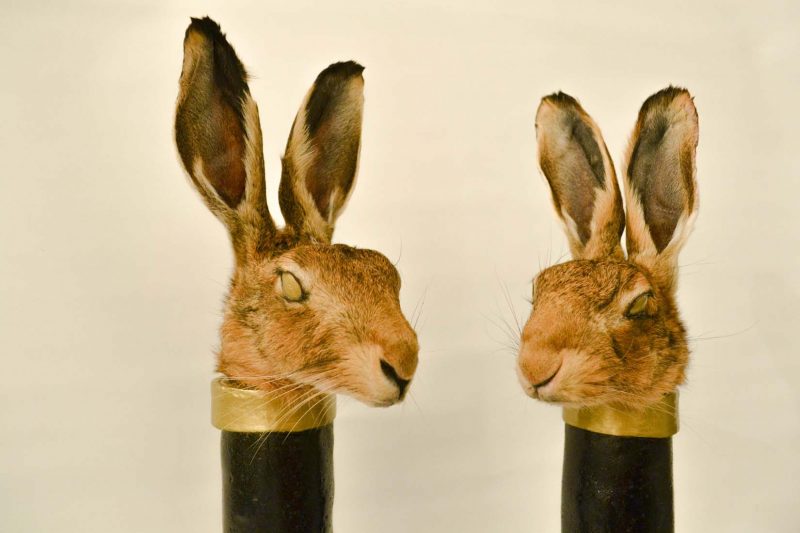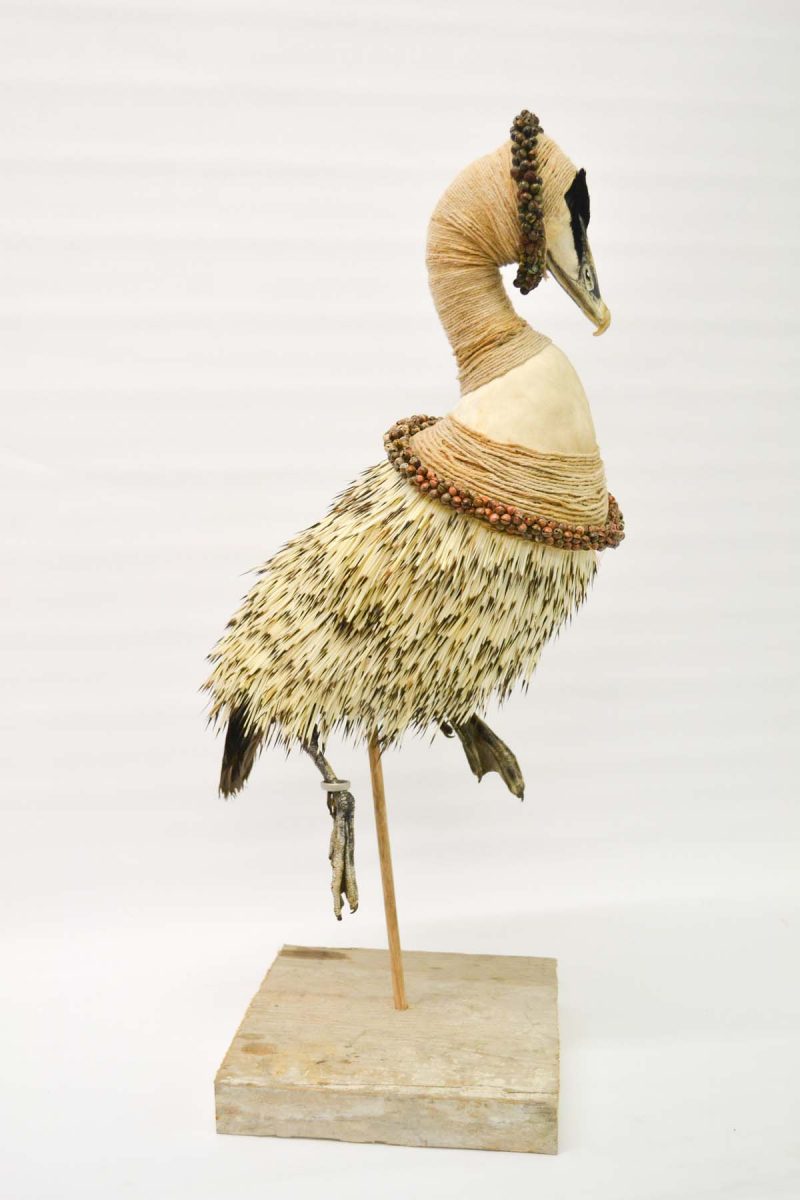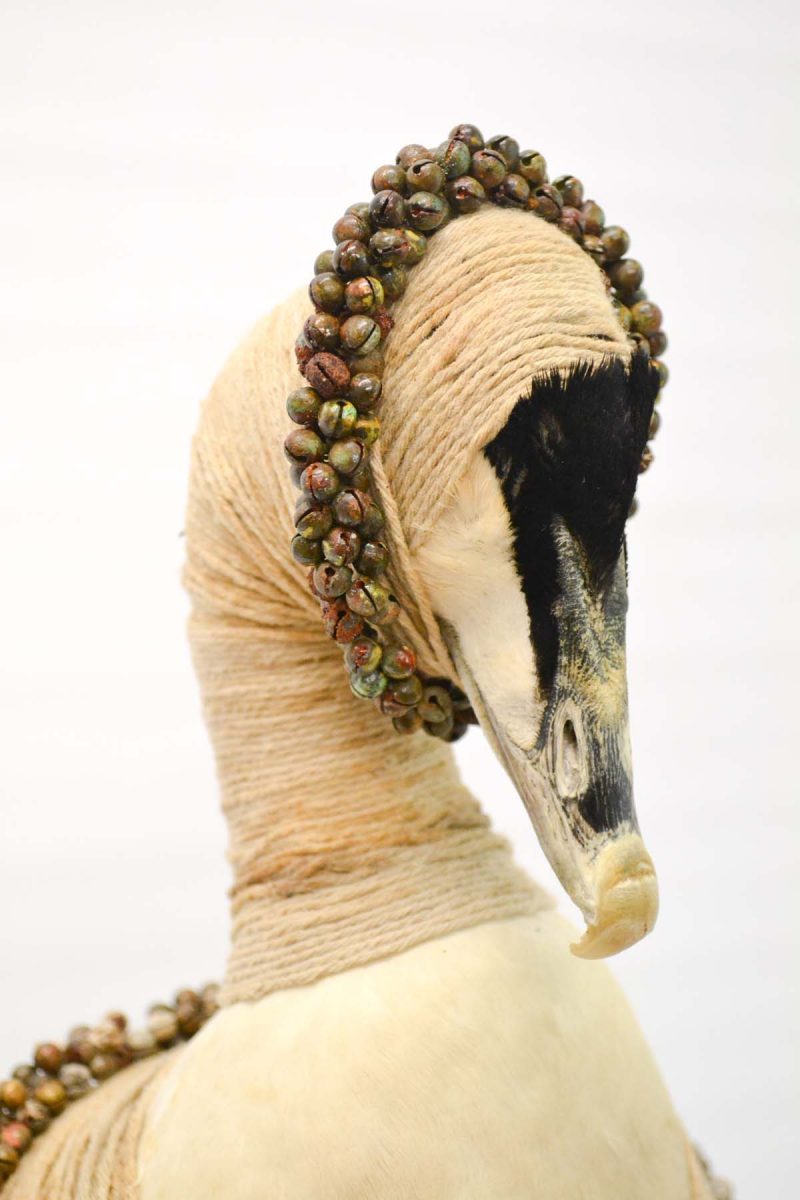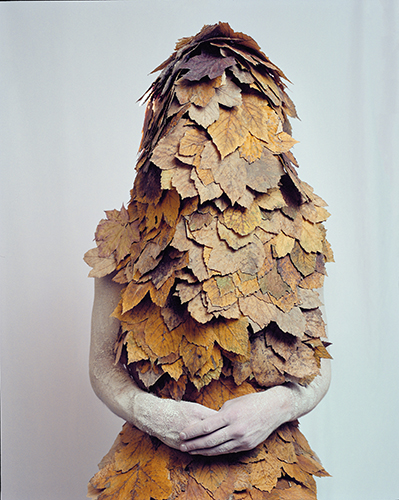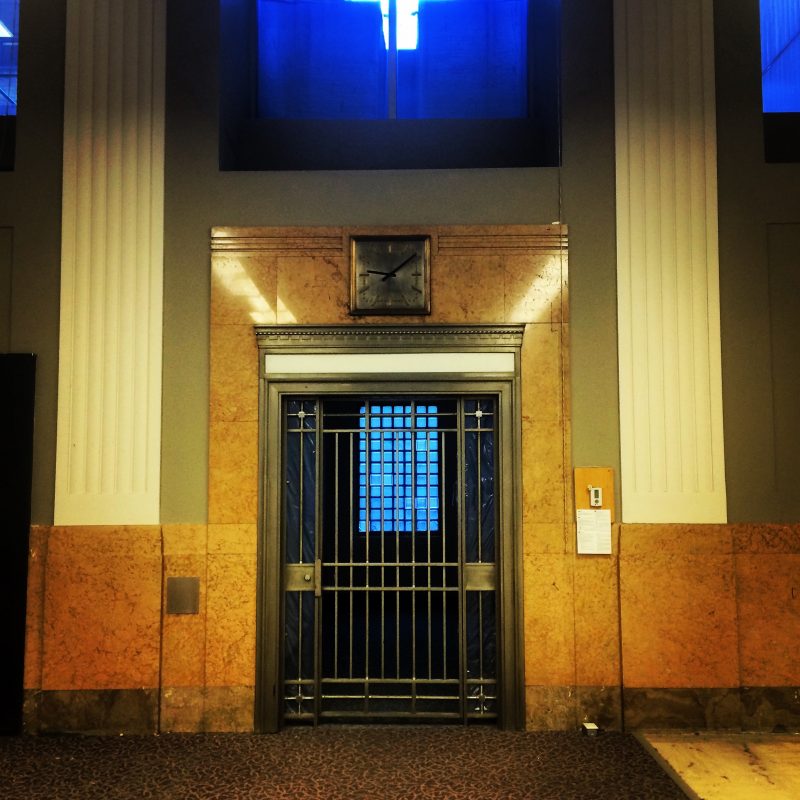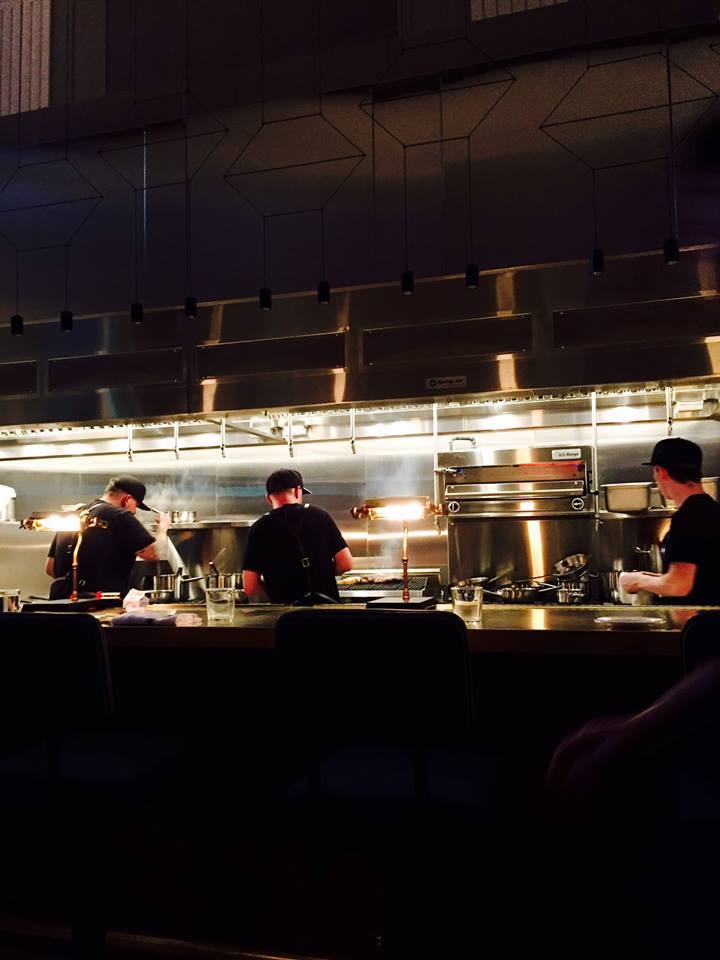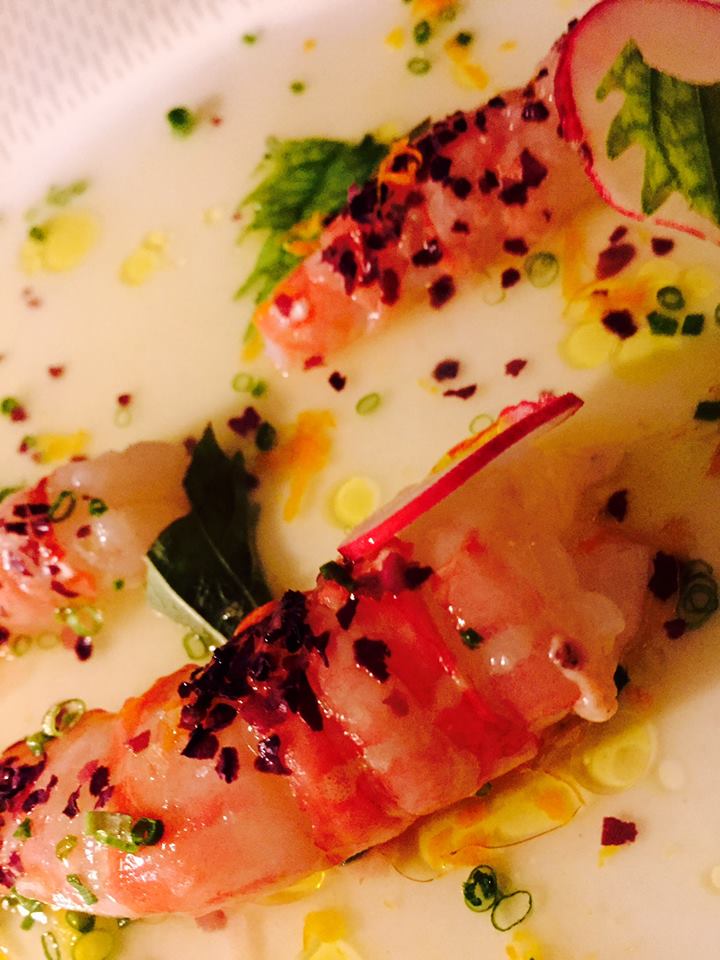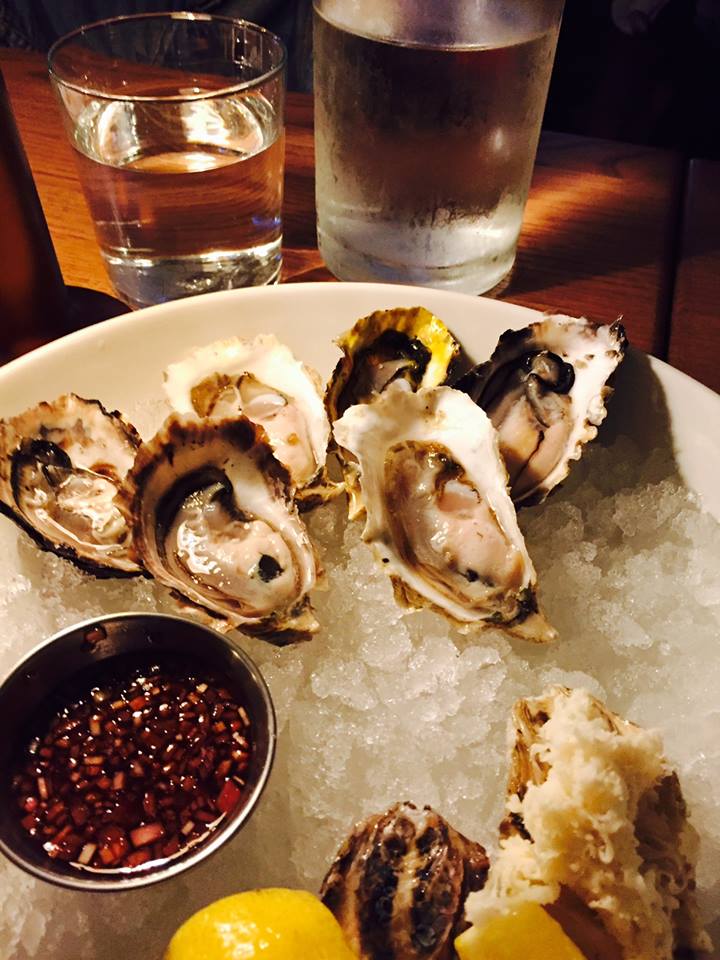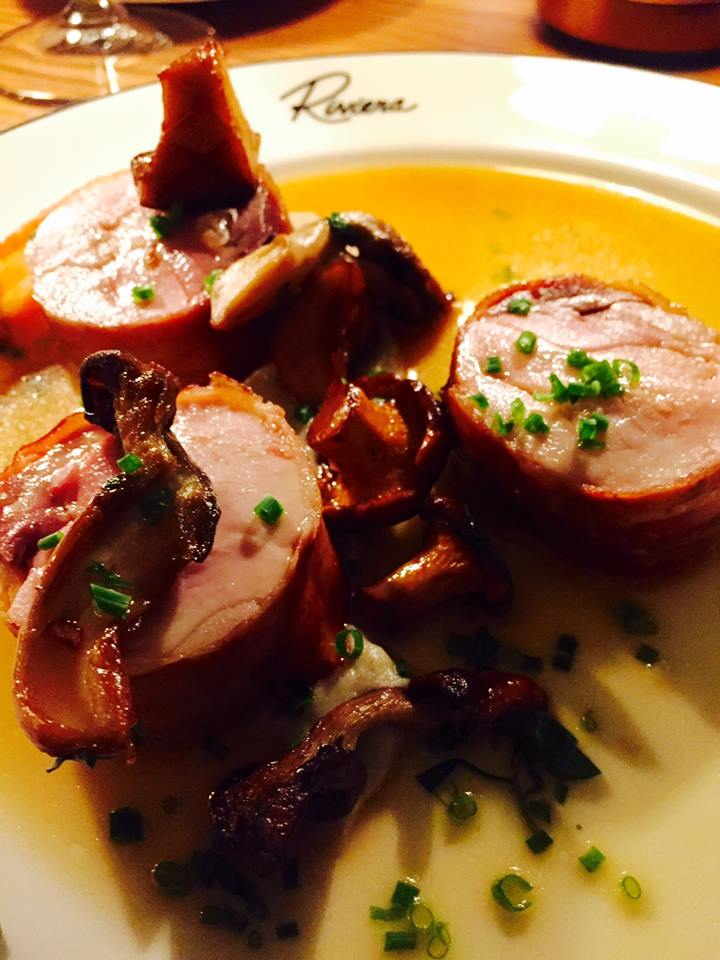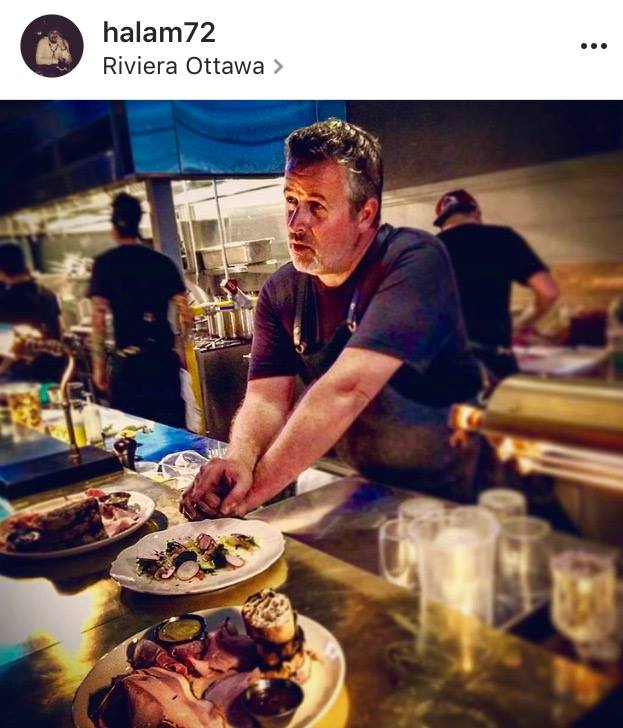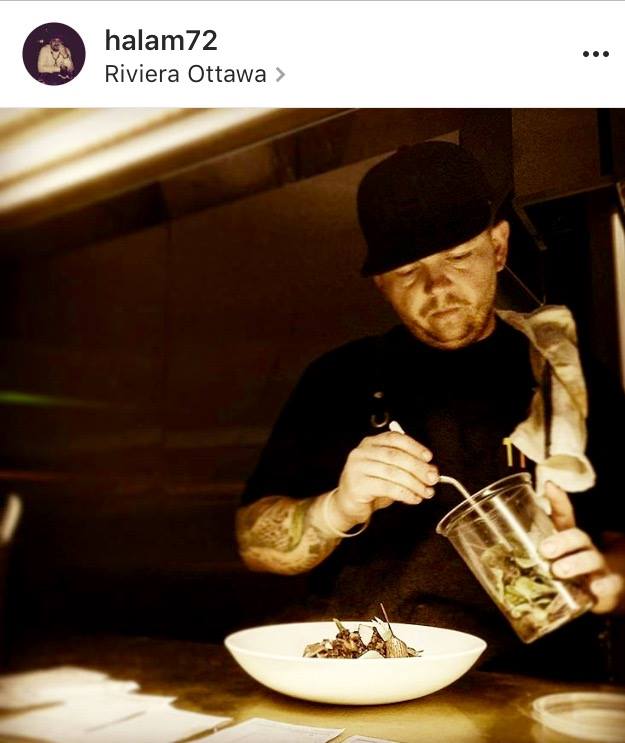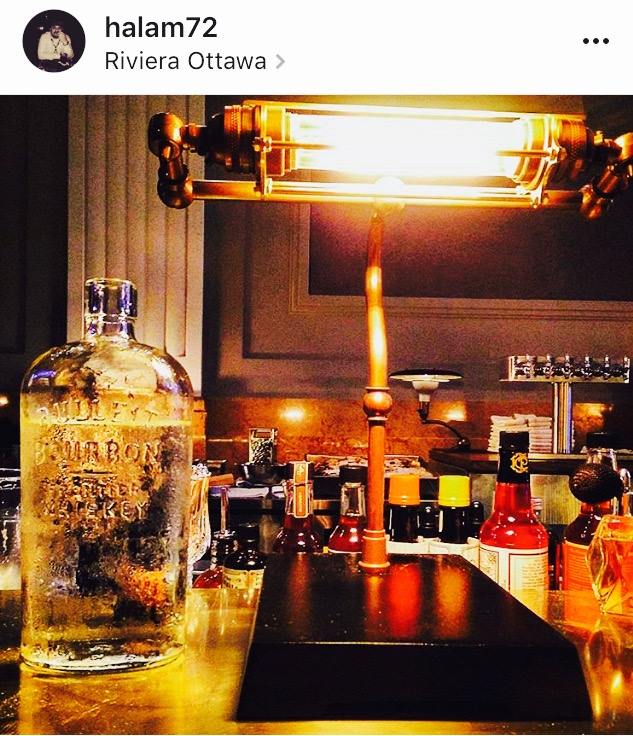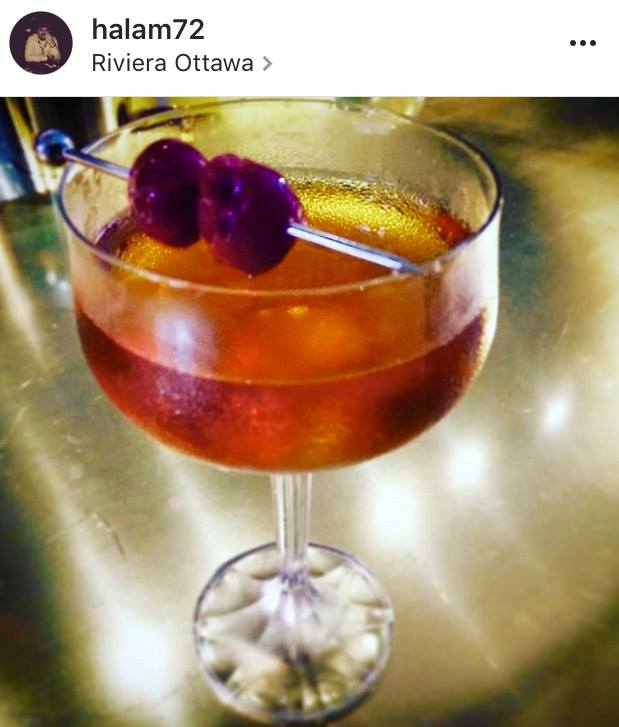Art Collection: Riviera, Ottawa 2016
The Riviera, Ottawa 2016.
Opened Summer 2016.
Commissioned & Selected Artworks by LPM Projects.
PRESS:
LAURA ROBIN, OTTAWA CITIZEN
Published on: March 14, 2016 |
The Riviera will soon enliven Sparks Street — though more in the spirit of the vintage luxury Buick than the Mediterranean coast.
Matthew Carmichael and Jordan Holley, the winning chefs who brought El Camino and Datsun to Elgin Street in recent years, hope to open a finer dining restaurant, to be called The Riviera, in mid- to late May. The team has been working on the 1920s Art Deco building at 62 Sparks St., near Elgin, since November and offered a glimpse inside the construction site on Monday.
The building, which once housed a CIBC and, more recently, Ian Kimmerly Stamps, has a soaring 50-foot white plaster tray ceiling, marble on the grey-and-white panelled walls, brass fixtures and massive windows that let in plenty of light front and back. An open stainless steel kitchen area, 70-foot-long brass bar and banquettes with lamps on the tables are being installed.
“We had been looking at a space on Somerset Street, but when we looked at this we immediately fell in love with it,” says Holley, who has worked with Carmichael since their days at Social and a pop-up at Mellos. “We’re definitely keeping the Art Deco style, putting in some great chandeliers and original art. We hope it will bring life to this end of Sparks Street, and maybe attract some other businesses.”
With interior design help from Ottawa’s Linebox Studio — also responsible for the decor at El Camino, Datsun and Fauna Restaurant — the old bank manager’s office will become a private dining room for 10 to 12, while the old vault on the main floor will house unisex washrooms with a lounge area outside. A vault on the lower level will be used as a wine cellar and kitchen for making charcuterie in house. A second bar will eventually be added on the lower level, down a marble staircase with a curving metal Art Deco-banister.
Holley says that while he’d describe the popular El Camino and Datsun as “bars with really good food,” the 105-seat Riviera on Sparks “will have more attention to detail with the food.”
“It will be casual fine dining, where you can come in a suit, but also feel comfortable in jeans and a T-shirt. Nothing will be over $35 to $37.”
He and general manager Craig Douglas said they expect the new spot will attract a downtown political crowd, as well as visitors staying at nearby hotels such as the Château Laurier and Westin.
“I would imagine that we will attract the Hy’s crowd, especially at lunch,” said Douglas, who said the restaurant will offer “a really good wine program, by the glass and by the bottle, at approachable price points, but some heavy hitters as well.”
The Riviera will open at 7 or 8 a.m., with a espresso machine on one end of the long brass bar and take-out house-made pastries available. It will also be open for lunch and dinner six days a week, possibly also for brunch on Sunday.
“I’m also hoping it’s a place where the (restaurant) industry wants to hang out,” said Holley. “I”m personally hoping for a late-night crowd too.”
The Riviera will also have an outdoor patio on Sparks Street with seating for about 40.
Holley said the menu will include some greatest hits from their days at Social, including Carmichael’s black cod with carrot purée and Holley’s smoked short ribs on white-corn polenta, as well as “a really great steak frites” and “a really good tomato salad.”
He said the menu “will also have a little bit of an Italian influence” with the help of a $16,000 pasta extruder they’ve ordered from Italy.
“It will have a strong vegetable focus,” said Holley, noting they will buy produce from local growers such as Wakefield’s Juniper Farm, Carp’s Acorn Creek and North Gower’s Rideau Pines.
As for the restaurant’s name, Holley said he and Carmichael threw around a few possibilities, but decided to stick with the car theme.
“Also, it references that we’re near the river. But Matt and I both love the ’70s-era cars. Matt has a 1970s El Camino. If I could find a Riviera in good shape, I’d definitely get it.”
MORE:
LPM PROJECTS, Ottawa, Canada
In 2005, Guy Bérubé opened LPM Gallery, in the nation’s capital Ottawa, Ontario, in response to an under-representation of contemporary art in the city. After 10 successful years in operation, sensing a shift in the needs of the art market, he closed the bricks and mortar gallery, and launched LPM Projects. LPM combines direct representation of a small stable of top-notch Canadian and international artists, collaboration on art projects with artists in various countries, and art consultation with private business and government.
LPM’s creative work focuses on a wide range of collaborative exhibitions and programs, and draws its energy and ideas from contributors across divergent cultural scenes. Its vision is maintained through an approach that is instinctive, impassioned, eclectic, inclusive, spontaneous, humorous, and deeply human.
With a strong international focus and continually collaborating to bridge the dialogue across and between different global spaces, LPM has reached beyond Ottawa and produced various exhibitions, workshops, and programs in Santiago (Chile), Mexico City (Mexico), Amsterdam (The Netherlands), Buenos Aires (Argentina), New York (USA), Valparaiso (Chile), Madrid (Spain), and Puerto Vallarta (Mexico).
THE ARTIST: ROWAN CORKILL, LONDON, ENGLAND
Rowan Corkill’s work is created from a deep ethnological fascination with various cultural religious and occult beliefs, many of which are founded on a cross pollination of reality and fantasy.
The artist uses his practice as a means to explore and examine the endless distortions of reality which the human mind has transformed into fantastical mythologies and ideologies. The similar role of the artist as creator is also questioned with particular interest in how the use of fiction can be used as a tool to acknowledge and question our presence on the planet.
Rowan Corkill’s work features many strange and bizarre materials collected from human, animal and plant life, most of which are imbued with strong symbolic references and meanings. These symbolisms are often created out of superstitious and fictitious beliefs which elevate the objects and materials beyond the ‘norms’ of the everyday. Yet the creations of these beliefs are firmly rooted in realism as the core of all things.
The Artist works within varying artistic fields including sculpture drawings performance photography sound and taxidermy.
THE ARTWORK
The Seeker 2014-2016
Taxidermy deer head, wooden rosary crosses, beads, rope, fabric, metal.
“As the hart panteth after the water brooks, so panteth my soul after thee, O God.”
The stag as a symbolic reference to the Christian faith is arguably one of the most prominent and significant. It is a symbol associated with the soul’s desire for purification, piety, religious aspiration and longing. The stag represents the purest of faith within the human soul, it tells of the journey and path to finding faith as evident in the story of St. Eustace.
The purity and strength of the stag lends it to the greatest of all symbolism within the catholic faith, the symbol of Christ. The stag is a warrior of faith battling against the devil, an evil within nature as represented by the snake. The stag tramples the snake and destroys it with its breath of water triumphing over the devil and all the sins of nature.
Yet the snake is also the symbol of mother nature, the true creator of living things without sin or judgement. The snake represents the ground we stand on, the water we drink and the air we breathe. It represents the planet that mankind has been so quick to dismiss for heavenly ideals and aspirations.
‘The Seeker’ is both a representation of faiths power and its potency. It questions the relationship that certain belief systems have had with nature, and the way in which it has often been disregarded or wrongly accused. The stag represents a nature that has been shrouded by beliefs masking the power of true creation. It is not faith that we seek but nature itself.
The Trickster (Hares Heads with custom ceramic bases)
The Trickster acts as both a conjurer of spirits and a catcher, it is an object of superstition which takes from various global ideas surrounding such beliefs. It is also an exploration into the unusual coupling of ceramics and taxidermy.
Hidden talismans and symbols on the vessel act to conjure and attract dark spirits whilst the circular mirror acts as a catcher. This idea of spirit catchers originates from Old English Witches’ Bottles that were placed at the entrances to homes as a protection against evil. The use of mirrors is prominent in African cultures where it is believed that looking into mirrors catches the soul. The hare-head stopper is taken from Egyptian Canopic jar lids which reperesented different gods depending on the organs they contained. The Hare is often symbolised as the trickster having dual symbolism of good and evil. In many European countries the hare is believed to be a witch’s familiar as well as a positive symbol of fertility, changing of seasons and the moon. It is this double symbolism of good and evil that makes the hare and the vessel a perfect match.
Vigilant Things (Eider Duck with Porcupine Bodice)
Vigilant things are reliquary object to nature, they are creatures adorned with materials from the natural world in similar resemblance to the Catholic relics of saints, only without the excesses of grandeur and superiority. The materials used hold their own symbolic references stemming from global and cultural beliefs that are often created from deep understandings and connections with nature. The materials present in the pieces often become just as important as the animal since they are all created from and connected to nature. The symbolic references of the materials also transform the objects into powerful totems holding protective properties through the use of quills or thorns, or the inclusion of bells and other sound-bearing materials allow for these objects to have shamanic properties, becoming instruments with which to navigate the afterlife.
Vigilant things are not only venerations of nature but they are a representation of mankind’s connection with the earth and our connection with our own history as a civilization.
Abscission. 2016 (Two framed photographs of the artist covered in leaves)
The Abscission series carries on from then Ablution works, reiterating the notion that man
needs to find peace respect and a greater understanding of the natural world. Abscission is
the process by which plants shed leaves each fall, removing the old before a regrowth of the
new in spring. This act of rejuvenation is akin to resurrection or ablution, ridding oneself of
sins and wrongdoings as an attempt to become a better person or worshipper. The human
species must learn from abscission, to shed our wrongdoings and ignorance and re-grow a
new and better understanding and appreciation for nature.
For millions of year’s plant life has provided mankind with shelter food and oxygen to breath.
They have been used as vital ingredients in medicines which save millions of lives and
create billions of dollars each year, yet we continually fail to provide a sustainable
environment for plant life. The knowledge of plants healing properties have been passed
down from indigenous cultures and lost civilizations across the globe. These people
worshiped the natural world around them and lived in harmony with it, they understood the
power and importance of plant life and even created gods from their presence. Unlike these
civilisations, the western world has failed to truly appreciate the importance and power of
plants with most people being completely ignorant to their importance in our everyday lives.
We happily consume and destroy plant matter without caring for their future sustainability
and the effect that this will have on the natural world.
NO ANIMALS WERE HARMED IN THE MAKING OF THESE WORKS.
